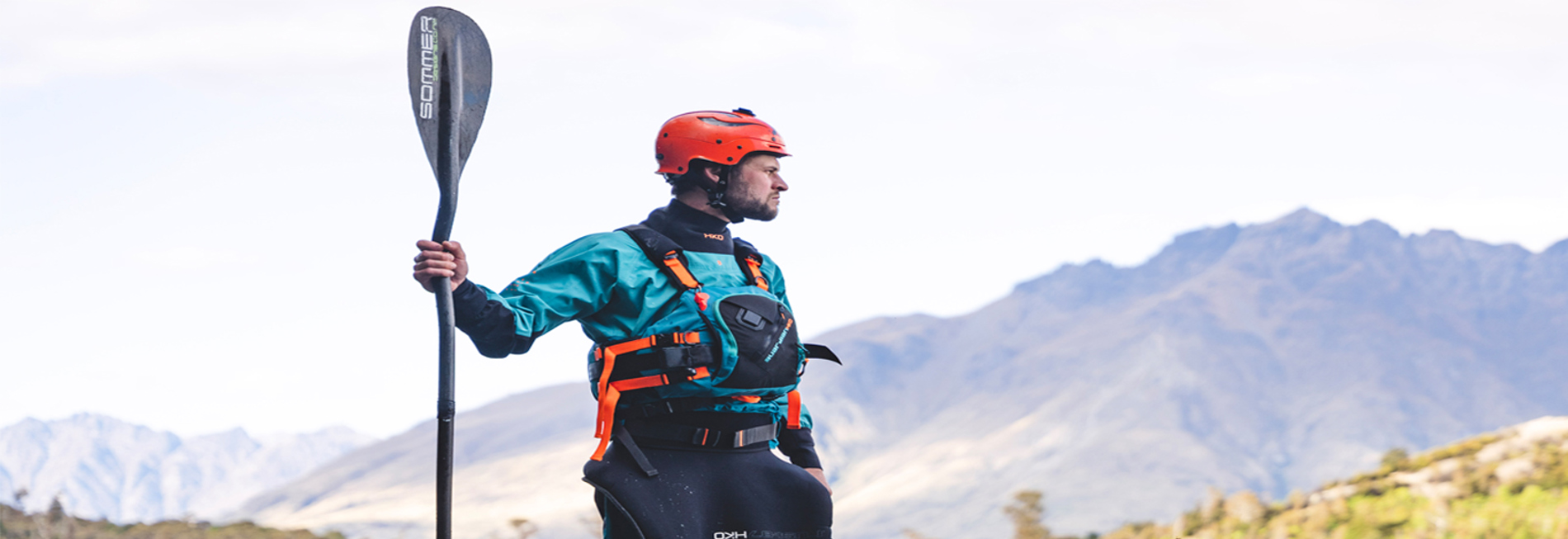Frequently asked questions about Buoyancy Aids & PFD's
- Whats the difference between a PFD and Life Jacket?
- PFDs provide additional floatation to a conscious swimmer in sheltered water with help close at hand
- They need to be secure when worn, to provide positive support in the water and to allow users to swim or actively assist themselves or others.
- PFDs may require action by the wearer to keep their face clear of the water
- Lifejackets typically provide more floatation, may be bulkier and will turn an unconscious wearer onto their back keeping their airway clear.
As kayaking and canoeing can lead to unexpectedly being in the water, inherently buoyant PFD’s made using a variety of different types of foam, that can be comfortably worn and allow for plenty of freedom of movement both for paddling and swimming are the best option.
- How much buoyancy do I need?
When you’re choosing your new kayaking or canoeing PFD make sure it meets the EN ISO12402-5 or EN ISO1402-6 (special purposes standard) standards.
Since 2008, ISO certification is the standard to which all buoyancy aids or PFDs must be tested. More recently PFDs sold in the UK may also feature the UKCA standard mark.
ISO standards use Newtons to measure the buoyancy of PFD’s. A Newton is a measured unit of force. 10 Newtons are approximately equal to 1 kg (2.2 lbs) of buoyancy.
- How do I get the right fit?
Your PFD will only work if it fits correctly; remaining comfortable while you’re paddling and even more importantly if you end up in the water so that you can successfully swim or assist others. This means the fit, typically based on your chest size, is more important than choosing a PFD based on your weight. You want to be able to comfortably paddle or swim freely without the PFD riding up
- Start by loosening all the straps and buckles,
- Put it on and secure any buckles, zips, or clips
- Now you can start to tighten the straps starting with the waist and working up.
